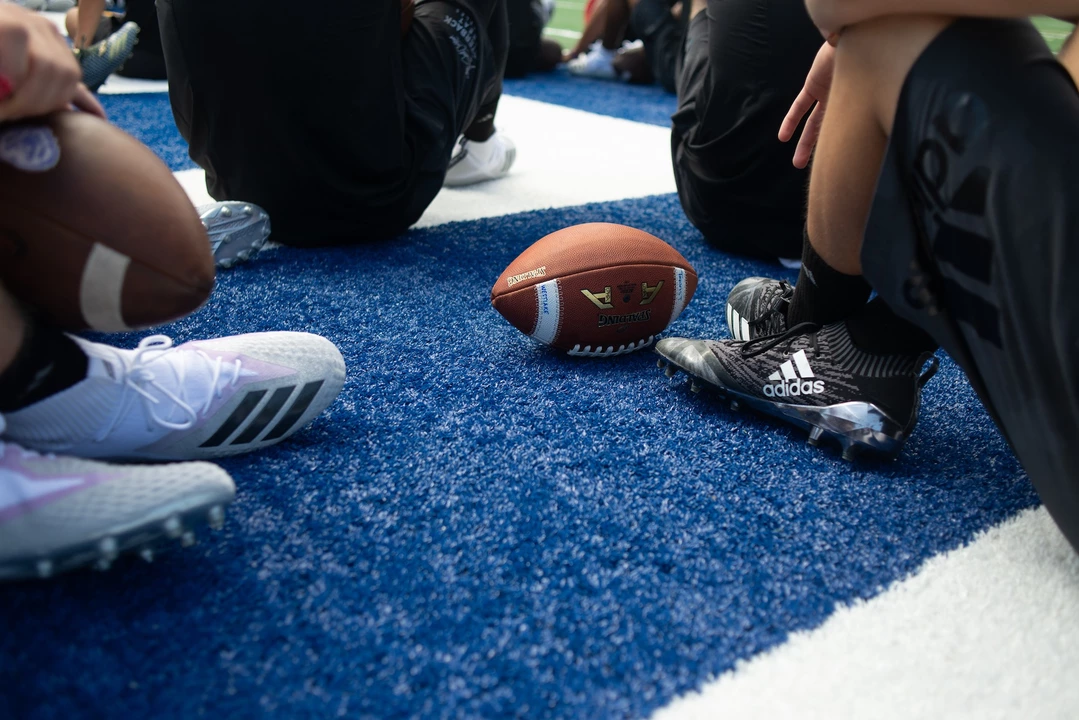Metal Cleats: The Basics Every Player Should Know
When you step onto the pitch, the right footwear can change a game. Metal cleats are a special type of shoe that give extra grip on hard or wet surfaces. They’re not the same as the soft studs you see on most soccer shoes, and they’re definitely not the heavy boots used in American football. In this guide we’ll break down what makes metal cleats unique, why you might want them, and how to choose the best pair for your style of play.
How Metal Cleats Differ from Regular Cleats
First off, metal cleats have a hard, usually steel or alloy tip on each stud. This tip cuts into firm ground like a nail, giving you a solid anchor point. Regular soccer cleats use rubber or plastic studs that spread pressure evenly and are gentler on the turf. That’s why soccer studs are called “uniform” – they’re designed for quick turns and smooth gliding.
Football (American) cleats, on the other hand, often have a mix of larger and smaller studs, some with metal but arranged to support sudden stops and heavy impacts. They’re built for a sport where you’re pushing, pulling, and colliding. Metal soccer cleats sit somewhere in the middle: they offer the precision of soccer studs but add that extra bite you’d find on a football boot.
Because of the hard tip, most leagues only allow metal cleats on specific surfaces—usually indoor courts or very hard grass fields. Using them on soft natural grass can damage the turf and even cause injuries to other players. So always check the competition rules before you lace up.
Choosing the Right Metal Cleats for Your Game
Start by asking yourself where you’ll be playing most often. If you train on a firm artificial pitch, metal cleats can give you confidence that you won’t slip. If you mostly play on soft grass, stick with rubber or plastic studs to keep the surface intact.
Fit matters just as much as the stud type. A tight shoe that hugs your foot will transfer the grip from the metal studs directly to your movements. Try on a pair with the socks you normally wear in matches—if there’s any pinching, move on to the next size.
Look at the stud pattern. Some metal cleats have a simple straight line, which is great for forward sprints. Others use a triangular layout, giving stability when you cut left or right. Pick the pattern that matches the positions you play. A striker usually needs straight‑line traction, while a midfielder benefits from a more balanced spread.
Finally, think about durability. Metal tips can bend if you hit a hard object, so a reputable brand with a strong alloy will last longer. Check reviews for wear‑and‑tear; a pair that stays sharp after a season is worth the investment.
In short, metal cleats are a useful tool when you need extra grip on hard ground. They differ from regular soccer studs by using a hard metal tip and from football boots by having a simpler, more agility‑focused pattern. Choose the right pair by matching the surface, fit, and stud layout to your playing style, and you’ll feel more confident every time you step onto the field.

- May, 10 2023
- 0 Comments
- Finnegan Callaghan
Are metal cleats illegal in soccer?
As a soccer enthusiast, I've often heard debates about the legality of metal cleats in soccer. After doing some research, I've found that metal cleats are not necessarily illegal, but they are generally discouraged due to safety concerns. The majority of leagues, both professional and amateur, require players to wear plastic or rubber cleats to minimize the risk of injury during tackles. However, there are some leagues that still allow metal cleats, usually at a higher competitive level. In conclusion, it's essential to check your league's specific rules before investing in metal cleats for soccer.
Read More